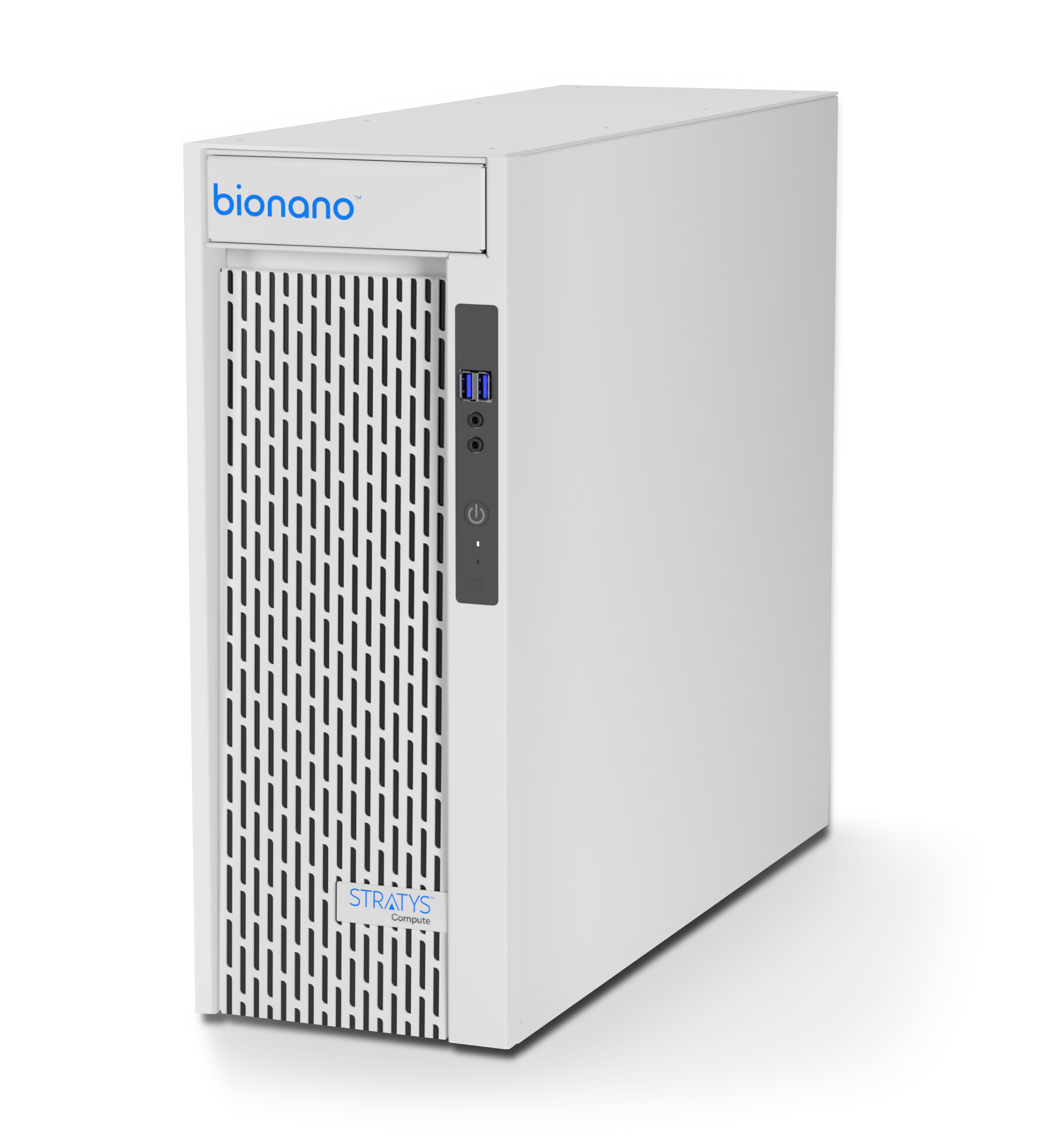PRODUCTS

USING OGM IN YOUR RESEARCH
Incorporating Optical Genome Mapping (OGM) into your research opens up a realm of possibilities for detecting genome-wide structural variations with unparalleled sensitivity and unbiased analysis. Unlike sequencing-based technologies and conventional cytogenetic techniques, OGM offers a comprehensive and highly sensitive approach to uncovering structural variations within the genome.
By leveraging our services laboratory, you can embark on projects to analyze samples using OGM. Our expert team will guide you through the process, ensuring accurate and reliable results. Whether you’re exploring genetic anomalies in cancer, investigating constitutional genetic disorders, or studying complex genomic rearrangements, OGM provides a powerful tool for uncovering structural variations with precision and efficiency.
With OGM, you can gain deeper insights into the genomic landscape of your samples, leading to breakthroughs in understanding disease mechanisms, identifying potential therapeutic targets, and advancing personalized medicine initiatives. Join us in harnessing the transformative potential of OGM to drive forward your research and uncover the hidden secrets of the genome.
During an Optical Genome Mapping (OGM) research project with our services laboratory, you’ll embark on a collaborative journey with our experienced team.
Here’s how it works:
Through this collaborative approach, we aim to deliver actionable insights that advance your research objectives and drive scientific discovery. Join us in unlocking the full potential of OGM to uncover the mysteries of the genome and accelerate breakthroughs in your field of study.


Structural variants called against GRCh37/hg19 or GRCh38/hg38 will be filtered against a control database or gene list of choice based on the project goals. Dual or trio variant annotation can be run for various applications. These include identifying de novo or inherited variants in germline samples, somatic variants in matched tumor-control samples, and targeted structural variants in edited versus unedited control cell lines. Just indicate the relationship between samples in the intake form.
Get a call from your local Decode Science representative to help you find the best fit genomics products for you.
Or give us a call at:
This site uses cookies. By continuing to browse the site, you are agreeing to our use of cookies.
OKLearn moreWe may request cookies to be set on your device. We use cookies to let us know when you visit our websites, how you interact with us, to enrich your user experience, and to customize your relationship with our website.
Click on the different category headings to find out more. You can also change some of your preferences. Note that blocking some types of cookies may impact your experience on our websites and the services we are able to offer.
These cookies are strictly necessary to provide you with services available through our website and to use some of its features.
Because these cookies are strictly necessary to deliver the website, refusing them will have impact how our site functions. You always can block or delete cookies by changing your browser settings and force blocking all cookies on this website. But this will always prompt you to accept/refuse cookies when revisiting our site.
We fully respect if you want to refuse cookies but to avoid asking you again and again kindly allow us to store a cookie for that. You are free to opt out any time or opt in for other cookies to get a better experience. If you refuse cookies we will remove all set cookies in our domain.
We provide you with a list of stored cookies on your computer in our domain so you can check what we stored. Due to security reasons we are not able to show or modify cookies from other domains. You can check these in your browser security settings.
These cookies collect information that is used either in aggregate form to help us understand how our website is being used or how effective our marketing campaigns are, or to help us customize our website and application for you in order to enhance your experience.
If you do not want that we track your visit to our site you can disable tracking in your browser here:
We also use different external services like Google Webfonts, Google Maps, and external Video providers. Since these providers may collect personal data like your IP address we allow you to block them here. Please be aware that this might heavily reduce the functionality and appearance of our site. Changes will take effect once you reload the page.
Google Webfont Settings:
Google Map Settings:
Google reCaptcha Settings:
Vimeo and Youtube video embeds:
The following cookies are also needed - You can choose if you want to allow them:
Simply add your details below and get quick access to the brochure.
Simply add your details below and get quick access to the brochure.
Simply add your details below and get quick access to the brochure.
Simply add your details below and get quick access to the brochure.